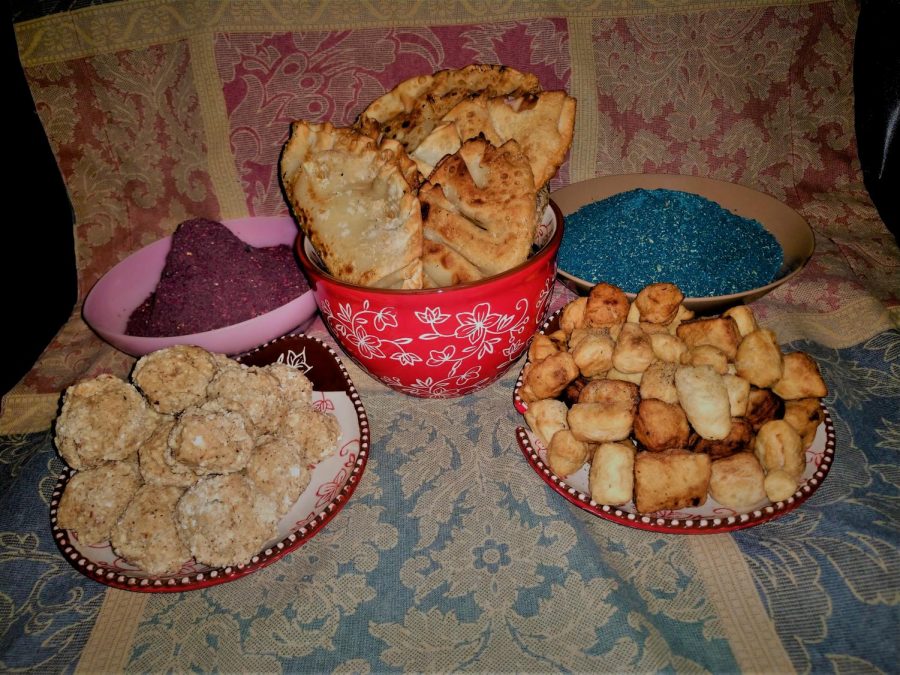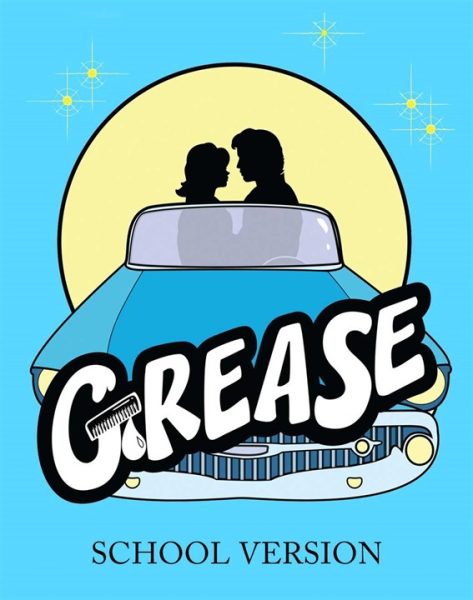Holi Recipies
Peda, Gujiya and Para on display with bowls of floral based powder to accent the earthly tones of the food.
In India, during late March the streets are filled with millions of people throwing arrays of colour at one another as part of the Holi spring festival. The Holi festival is a religious holiday used to celebrate the end of winter, the coming of spring and the lives of several gods.
One of the gods celebrated during Holi is Krishna. Krishna was a special child as he was the eighth avatar of Vishnu and was celebrated for his general pleasantness. Hearing of the special child, Putama decided to kill him. Putana gave Krishna poisoned milk. It did fail to kill him, but it did cause his skin to darken. Holi is used to celebrate Krishna.
How to make mathura peda, a milk-based treat:
1 1/4 cups of milk powder
4 tbsp heavy cream
1 tsp cardamom powder
1/2 cup of brown sugar
Granulated sugar
On medium heat mix the heavy cream and one cup of milk powder. Stir in the brown sugar until it forms a thick paste. Add in the remaining powder or until the mixture doesn’t stick to the pan. Take off the heat and mix in the cardamom powder. Once cool, shape the dough into small balls and roll them into the sugar.
Another deity celebrated is the goddess Parvati. In one of her tales, she wanted to bring Shiva, her husband, back into the world, so she sought help from the love god Kamadeva. Kamadeva shot an arrow at Shiva to bring him out of meditation. When Shiva woke up, he accidentally reduces Kamadeva to ash with his magical eye. Holi is the day that Kamadeva was resurrected by Shiva.
How to make namak para, an eye-shaped treat that is cooked with high heat:
2 cups of flour
1 tsp of carom
1/4 tsp of baking soda
2 tbsp of cooking oil
1/2 cup of water
Salt
Oil for frying
Combine all ingredients in a medium mixing bowl. Knead the dough until firm. Form the dough into a ball and roll it through a lightly floured surface. Flatten the balls into discs and cut them into small diamonds. Fry them in oil until crisp or golden brown.
Another deity celebrated is Vishu. The demonic king Hiranyakashipu was blessed with immunity with the criteria that: he couldn’t be killed by an animal or human, indoors or outside, at day or night, with a handheld or projectile weapon, nor on land, sea or air. With great powers the king believed that he was a god, so Vishu, protector of the universe, set out to kill him.
Vishu turned himself into Narasimha, a creature with a human body and lion head, so he was neither a man nor an animal. At dusk, Vishnu took the king to a doorway and sat him on his lap and killed him was his claws. Holi celebrates this triumph of good over evil.
How to make gujiya, a treat that shares ingredients with the previous two:
2 cups of flour
1 cup of butter
Water
1 cup khoya or a mix of heavy cream and milk powder
1 cup of sugar
1 tsp of cardamom
1 tbsp of finely chopped almonds
Oil for frying
Knead the flour, butter and water into a stiff dough and let it sit for a half-hour minimum.
Saute the khoya until lightly fried. Once the khoya cools, mix in the sugar, cardamom and almonds. Form the dough into thin, round discs and form the khoya mixture into small ovals. Place the ovals into the discs and fold them in half. Wet and pinch the edge of the dough to seal the gujiya. When the oil boils, lower to medium heat and begin to put the gujiyas into the oil. Once the gujiyas become golden brown, transfer them to paper to remove the oil.

Salutations, my name is Steven and I'm a sophomore Eagle Eye staff member. I hope to give to you fun and interesting articles for this 2019-20 school year....













